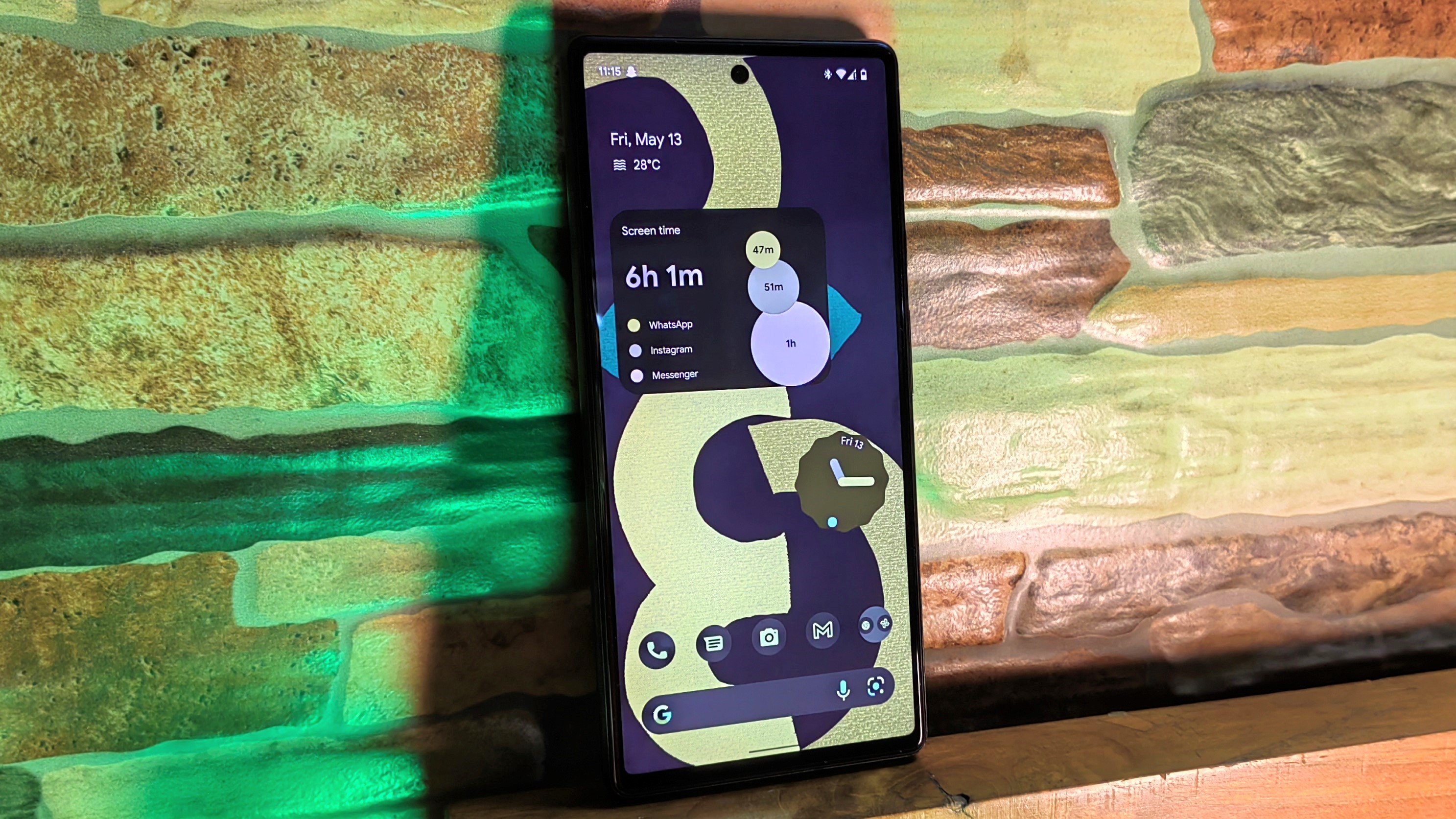What is UFS 3.0 storage, and why should you care?

Best answer: UFS 3.0 is the latest iteration of Universal Flash Storage, a storage standard designed for smartphones and digital cameras. UFS offers read and write speeds that are significantly faster than eMMC (embedded MultiMediaCard) while retaining the same power consumption figures. Think it of as a mobile SSD for your phone.
- Speed demon: OnePlus 7T ($499 at OnePlus)
UFS delivers SSD-like speeds on smartphones
UFS (Universal Flash Storage) has emerged as the preferred flash memory standard for high-end phones in recent years. eMMC (embedded MultiMediaCard) is still the most prominent memory standard around — with the Pixel 3a series using an eMMC 5.1 storage module — but UFS offers significantly higher bandwidth while consuming the same amount of power.
UFS was primarily designed to deliver SSD-like speeds on mobile devices. The first-gen UFS modules offered three times faster file copying times, as well as vast improvements in multitasking over eMMC modules. UFS can do this as it is a full-duplex standard, meaning it can read and write data simultaneously. By contrast, eMMC can only read or write data at any given time.
Here's a quick illustration to give you an idea as to how quickly the standard has evolved in just a few years.
| Category | Sequential Read (MB/s) | Sequential Write (MB/s) | Random Read (IOPS) | Random Write (IOPS) |
|---|---|---|---|---|
| UFS 3.0 | 2100 | 410 | 68,000 | 63,000 |
| UFS 2.1 | 850 | 260 | 45,000 | 40,000 |
| UFS 2.0 | 350 | 150 | 19,000 | 14,000 |
| eMMC 5.1 | 250 | 125 | 11,000 | 13,000 |
UFS 3.0 introduces sizeable gains in performance from UFS 2.1, with the standard now offering sequential reads of 2,100MB/s and writes of 410MB/s. And when you pit it against eMMC 5.1, there's a 6x increase in random read and an 8.5x increase in sequential reads. UFS relies on a dual-lane system wherein there are two channels for reading and two for writing data, and the way it works is similar to that of MIMO (multiple-input and multiple-output) in networking.
That's more than adequate for everything from seamless 4K video playback to intensive gaming and all mobile VR use cases. Theoretically, you won't even notice any difference between a phone running UFS 2.1 and one using UFS 3.0. With sequential reads of over 2Gbps, the storage module isn't going to be the bottleneck anytime soon, and at this point, UFS 3.0 is simply a way to future-proof your device and pave the way for 8K video recording.
Get the latest news from Android Central, your trusted companion in the world of Android
Your phone doesn't need — or even won't make use of — all of that RAM and high-bandwidth storage, but a few years down the line, it could start to make a difference. What it all boils down to is that devices like the OnePlus 7T aren't going to slow down anytime soon.

More power than you need
The OnePlus 7T has everything you need in an affordable flagship. It has powerful internals that hold up to the best phones in the market today, and you get a stunning 90Hz AMOLED panel. There's obviously UFS 3.0 storage, and the base variant comes with a 128GB storage module. Considering what you're paying here, you're getting an incredible value.

Harish Jonnalagadda is Android Central's Senior Editor overseeing mobile coverage. In his current role, he leads the site's coverage of Chinese phone brands, networking products, and AV gear. He has been testing phones for over a decade, and has extensive experience in mobile hardware and the global semiconductor industry. Contact him on Twitter at @chunkynerd.
